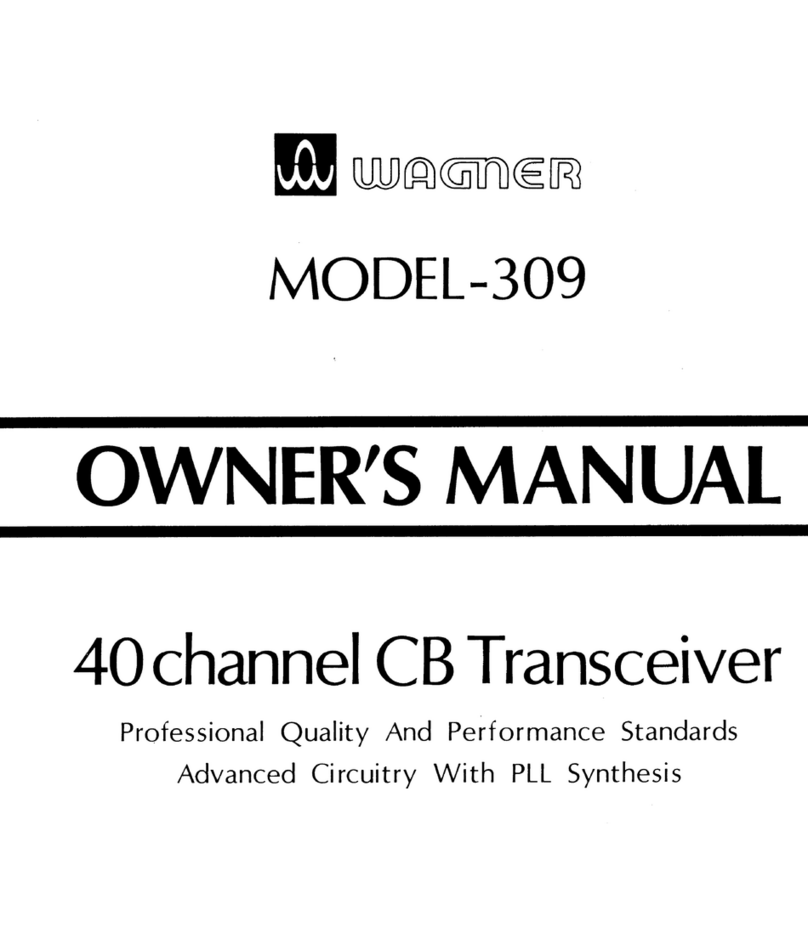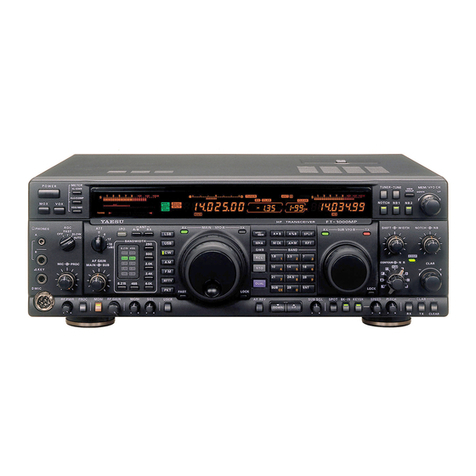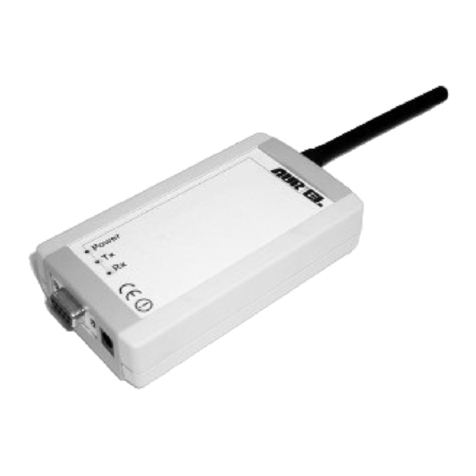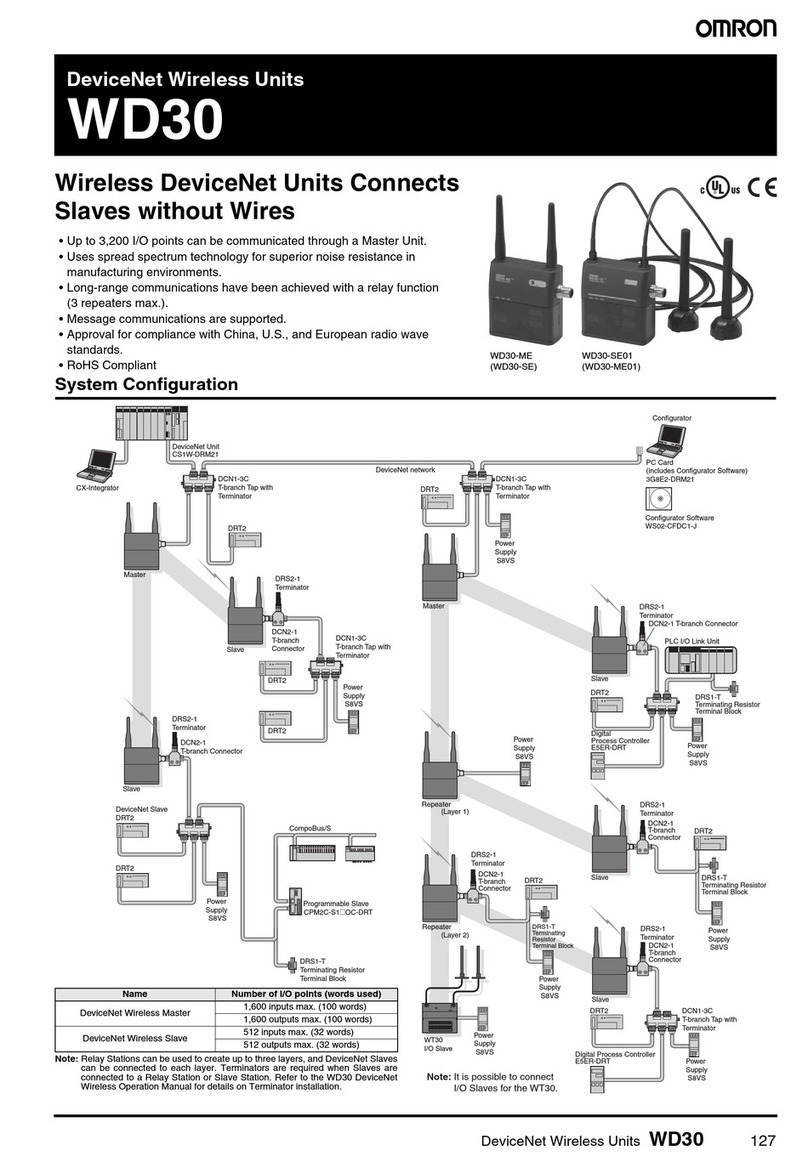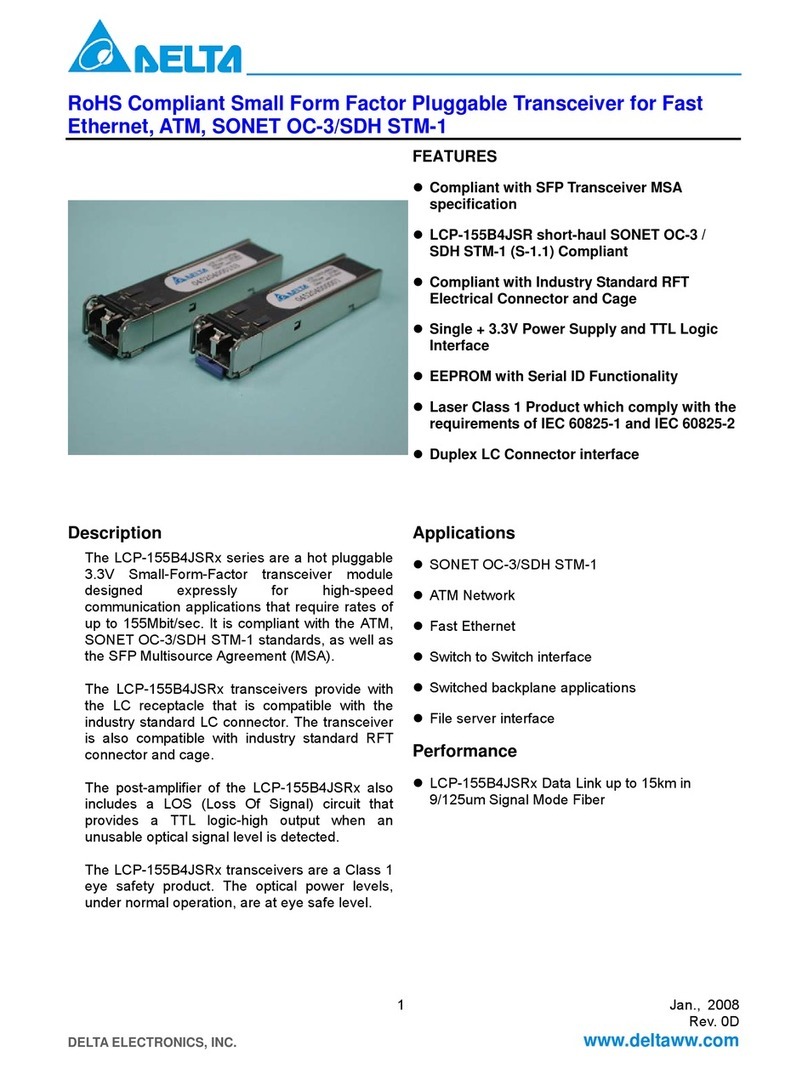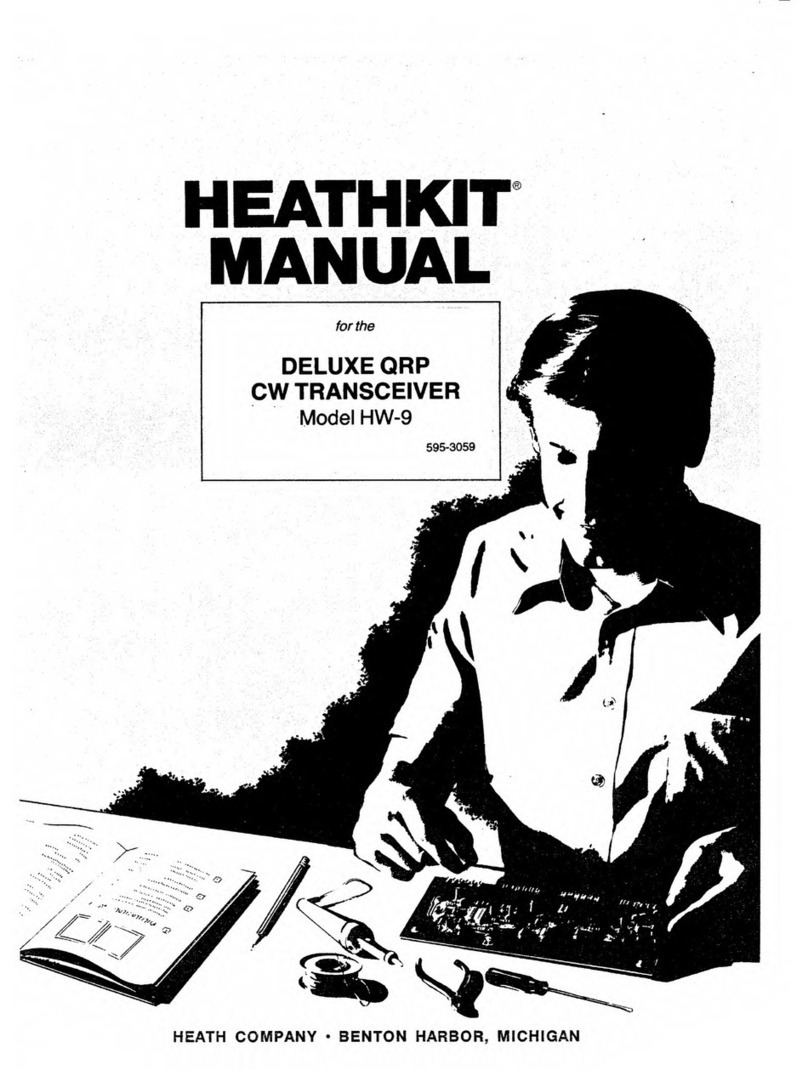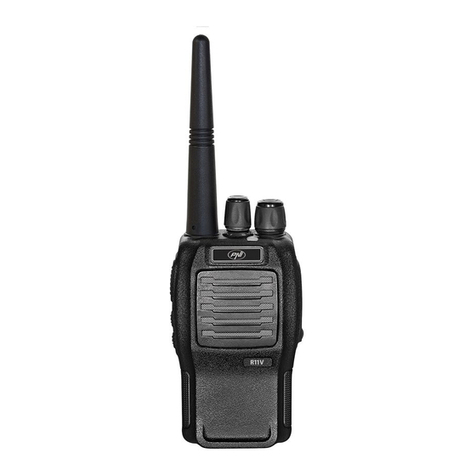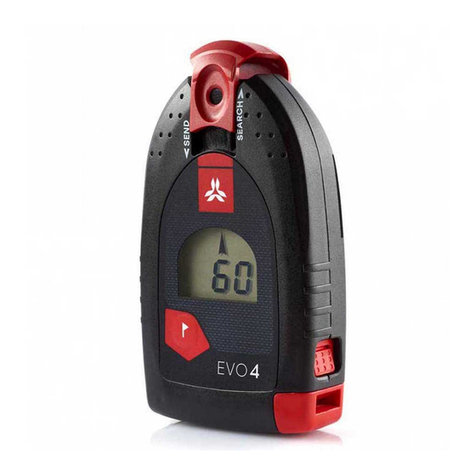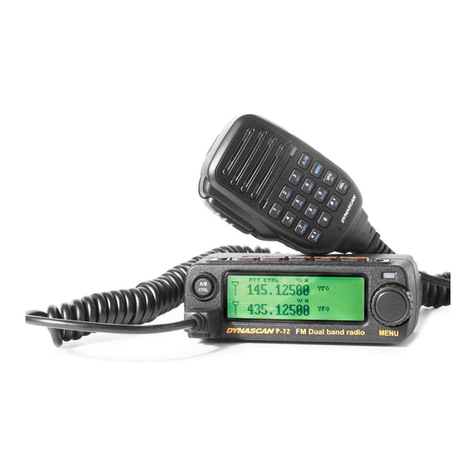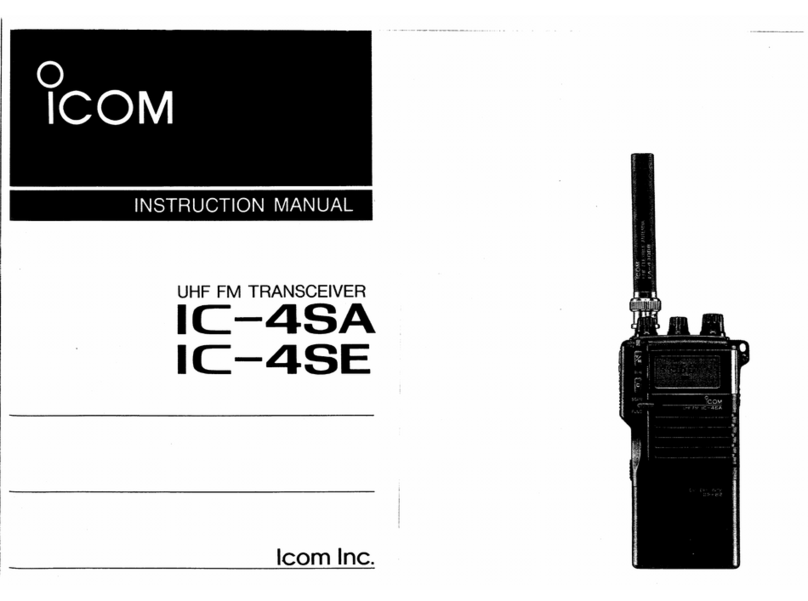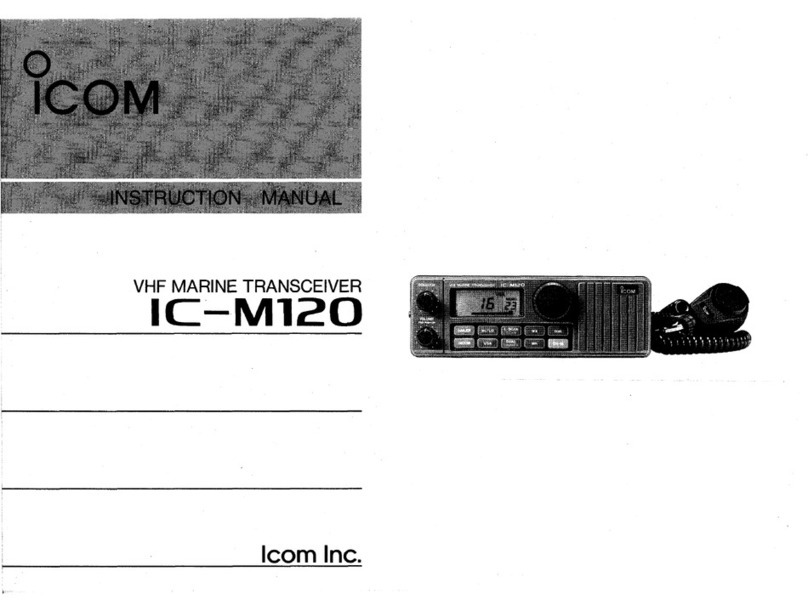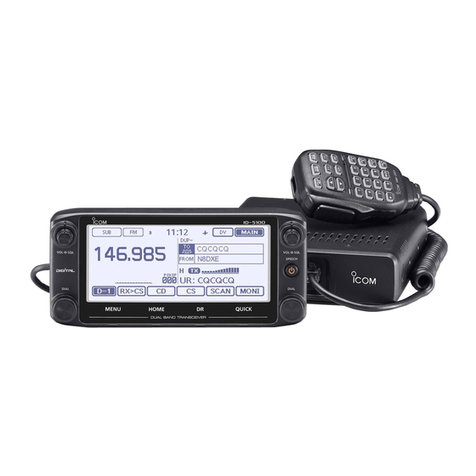Herz 3 F800 16 User manual

Herz Armaturen 1 / 2 22.04.2013
The Herz 3 F800 16 transceiver
The Herz 3 F800 16 is a 16-channel receiver of signals from TP-1xx
wireless thermostats working on a frequency of 868.1MHz. It can also
be used with Herz thermostats 3 F800 50 or 3 F800 55 digital bus
thermostats. The Herz 3 F800 16 can efficiently control multi-zone
heating (including thermoelectric valve-actuators to replace
thermostats on radiators) or cooling systems. The receiver has a
special „ON indicator” channel which turns the heating to Stand-by
economy mode. It is designed for heating system control and is not
suitable for extending hardwired alarm systems via wireless detectors.
Due to the maximum current limits of the outputs, pulses switching
the outputs off for short moments are used (when more than 8 outputs
are used). Therefore the Herz 3 F800 16 should only be used with
thermoelectric valve-actuators. It should not be used to control any
relays, semiconductor switches etc. LEDs on the receiver’s front cover
indicate the status of each output channel.
The built-in power relay modules can be used for pump and boiler
control. Both relays work with OR logic: they are switched if any of the
1–16 outputs is activated.
Output no. 16 can be used with a wired temperature sensor for DHW
control (Domestic Hot Water).
Installation
Attach the unit to the desired location with two screws. Route all the
cables to the unit before you tighten the case.
Fix the output terminal cables (4) firmly inside the box by the
mechanical grips if using flat cables. If you use round cables from the
actuators remove the hole covers on the boxbottom first.
Note: Only a qualified technician should provide installation and
servicing. The user is not allowed to open the cover and/or make any
modifications. The mains cable must also be fixed outside the
receiver’s case. Replace the mains plug if necessary for your country.
The output/input terminals:
–the input terminal for the digital bus connection (for
thermostats of the relevant type).
–the input terminal for cooling/heating mode:
Disconnect = Heating (default setting) ; Connect =
cooling.
–the STAND-BY input. This terminal can be used for
remotely controlling the mode in which all the output
channels (4) will work, switching between two
possibilities: A) Terminal disconnected: The outputs
may be controlled by thermostat signals
demanding/stopping heating B) Terminal
connected: All outputs respond to the Stand-by
temperature demanding heating. The status of this
channel is shown by the „ON indicator”.
–the input terminal for the high-temperature-cut-off
wired sensor. It is designed for the TS-80 sensor.
–the input terminal for DHW control. Once it is
connected output no. 16’s reaction is related to the
domestic hot water tank. It is designed for the TS-80
sensor.
–the output terminal for the alarm signal. There is a 10s
pulse in events concerning freezing alert signals or
reaching the hi-temperature. It is possible to set
parameters for the freezing and the hi-temperature on
the LCD module or on thermostats. This output is
prepared for the GD-04 only .
Power terminals of the power module:
1–16 –24VDC channel outputs. The Herz 3 F800 16 has
pulsed switching.
–RJ-45 connector for an LCD module or additional
Herz 3 F800 16 transceiver.
Mains Power Terminals of the power module:
–mains power supply output for the circulatory
pump (use an external fuse for its protection).
–mains power supply output for the heat exchanger
(use an external fuse for its protection). Can be
used as a spare relay. It is recommended to
check the correct connection of the relay with the
manual of the connected device.
–power terminals for the power cord.
The buttons:
–or >(left, right arrow) for the
enrollment of wireless devices
–RESET button, to delete enrolled devices for a
channel
The buttons are disabled if the LCD module is connected
The transceiver is protected against shorts on the outputs. If an
output is overloaded (the current is greater than 0.4A), then the output
is automatically disconnected. A fault is indicated by rapid red flashing
of the corresponding LED indicator. The output is under constant
monitoring and when the output current decreases below 0.4A the
output will be switched on again.
It is possible to connect an AC-100LCD module via the RJ connector
(7). The LCD module provides you with features allowing advanced
programming and saving energy.
If it is necessary to have more channels, then it is possible to
connect another unit via the RJ-45 connector. In this case the
minimum distance between the units is 2m. If there is more then one
unit in the installation it is obligatory to use an LCD module. The unit
with an LCD module works as a master unit, the other as a slave unit.
Do NOT connect another LCD module to the slave unit.
There is a connector for an external antenna (3) (e.g. AN-80 or AN-
81) and a covered hole for the cable on the bottom left of the housing.
If the external antenna is used no further modifications to settings or
connections are necessary.
Picture: 1- Output/input terminals; 2–“ON indicator”; 3- Antenna connector; 4- Channels 1-16, Output terminals; 5- Reset and
enrollment buttons; 6- DHW output; 7–2 x RJ-45 connectors; 8- Output relays; 9- Power terminals; 10 - Fuse 3.15A

Herz Armaturen 2 / 2 22.04.2013
Enrollment of thermostats (window
sensors)
For each channel of the transceiver, the thermostats can be
enrolled in the following way ( maximum no. of devices is 48):
Repeatedly press button <or >(left, right arrow) to select the
desired channel (the current channel will be indicated by its LED
flashing).
Insert batteries into the thermostat. When powered up, the
thermostat generates an enrollment signal and its code is stored
in the selected transceiver channel’s memory.
Digital bus thermostats can be enrolled by pressing and holding
their button for 5 seconds.
Enrollment of a thermostat is confirmed by the constant lighting
of the green LED.
Notes:
Enrollment codes are stored in non-volatile memory, so power
disconnection will not erase them.
A thermostat should be enrolled to the first position in the
channel.
A thermostat can be enrolled to multiple channels (or other
transceivers). It allows the control of several channels by one
thermostat.
Channels can be connected via a thermostat on the first position
in each channel only.
The connected channels work like one channel.
The thermostat enrolled to the connected channel can not be
enrolled to other channels.
It is possible to enroll sensors of opened windows (JA-151M) to
channels. Signals from an opened window block a channel, but
will respond to freezing alert signals demanding heating.
Deleting a channel/thermostat
To delete an existing channel/thermostat:
Using buttons < and > select the desired channel (the current
channel will be indicated by its LED flashing)
Press the RES button, the corresponding LED will turn off andall
devices in this channel (or connected channels) will be deleted.
Indicators 1–16
Indicators on the front housing of the transceiver indicate the status
of theoutput channels.
LEDs 1 to 16
Meaning
Off
Channel is not used (no thermostat is enrolled)
Steady Green
Channel has athermostat enrolled, relay is off
Steady Red
Relay is on (activated by the enrolled thermostat)
Flashing Green
Communication with the enrolled thermostat is down
(low battery in thermostat, radio interference etc.)
Flashing Red
Enrollment mode (to enroll a thermostat)
Steady red
+flashing green
Channel is blocked by a magnet
Flashing Red
(rapidly)
Output is overloaded or short-circuited.
Using the “ON indicator” channel /
SUMMER input
The transceiver has a special „ON indicator” channel (2) to which a
JA-1xx control panel (PgX output) or RC-1xx remote controls can be
enrolled as well as detectors of type JA-151M.
Repeatedly press button < or > (left, right arrow) to select the „ON
indicator” channel. The current channel will be indicated by its LED
flashing, in this case aim for the „ON indicator” and transmit the
enrollment signal. Enrollment of the transmitter is confirmed by the
constant lighting of the green LED.
If no transmitter is enrolled to the „ON indicator” channel, then
outputs 1-16 react in a standard way to signals from their
corresponding thermostats.
If a control panel is enrolled and the PgX output is activated („ON
indicator” lit red) outputs 1–16 respond to the Stand-by temperature
demanding heating.
If the PgX output is deactivated („ON indicator” lit green), then
outputs 1–16 are activated in normal operation mode..
LED „ON indicator”
Off
The unit is not powered
Flashing Green
slowly
The unit is powered
Steady Green
Enrolled component
Steady Red
Standby mode activated
Flashing red
Enrollment mode
Flashing Green
Missing device
Use and maintenance
All enrolled transmitters (thermostats and detectors) transmit
regular check signals. If the transceiver does not receive the signalof
an enrolled transmitter for a certain period, it will indicate that
communication with this device is down (flashing green LED). If all
devices in the channel are lost, then the corresponding output will
turn the heating ON for 15 minutes every single hour. It works this
way independently on „ON indicator”/SUMMER settings
One reason for the lost connection can be low batteries in the
transmitter. The average lifetime of a thermostat’s batteries is about
1 year. Each transmitter checks its battery conditions and signals in
advance if the batteries are reaching a critically low state (see the
transmitter manual for details).
Another reason for possible connection failure can be radio signal
interference in the operational band of the transceiver. In such a case
the transceiver will usually indicate loss of communication with a
multiple number of transmitters. In this situation, check if there is any
non-approved or faulty radio-communicating device within the range
of the transceiver.
If outputs 1–16 have not been activated for 7 days they will switch
on for 10 minutes to protect connected devices. It works this way
independently on „ON indicator”/SUMMER settings.
Warning: the manufacturer is not responsible for any damage
caused by improper installation or any non-suitable use of this
product.
Specifications
Power supply: 230 V AC, 50Hz
Consumption: 0.02 A stand-by; 0.2 A max.
Max. power supply load 1.8A
Internal load-protection safety fuse F 3.15 A
Max. relay output load: 10 A / 230V
Voltage of outputs 1–16: 24V DC
Max. load of outputs 1–16: max. 0.4 A per single output
and 1.8A total for all outputs
Radio frequency: 868.1 MHz
Max.number of radio devices 48
Communication range 100 m (open area)
Dimensions: 400 x 100 x 60 mm
Mechanical resistance: ongoing
Radio characteristics: ongoing
EMC: ongoing
Safety: ongoing
Enclosure: ongoing
Operational temperature: -10 to +40 oC
Can be operated according to ERC REC 70-03
HerzArmaturen
A-1230 Wien, Richard-Strauss-Straße 22
Telefon: +43/(0)1/616 2631 -0
Fax:+43/(0)1/6162631-27
e-mail:office@herz.eu
www.herz.eu
Note: Although this product does not contain any harmful
materialswe suggestyou returnthe productto thedealeror
directlytothemanufacturerafteruse.
